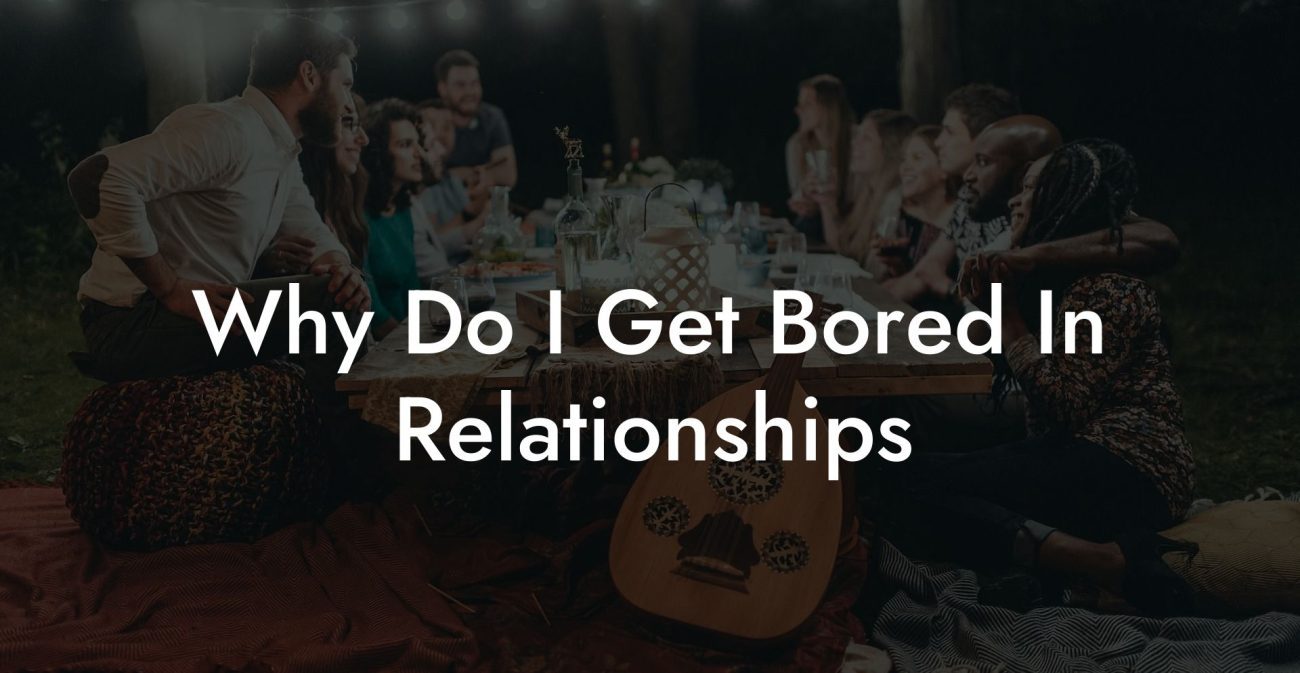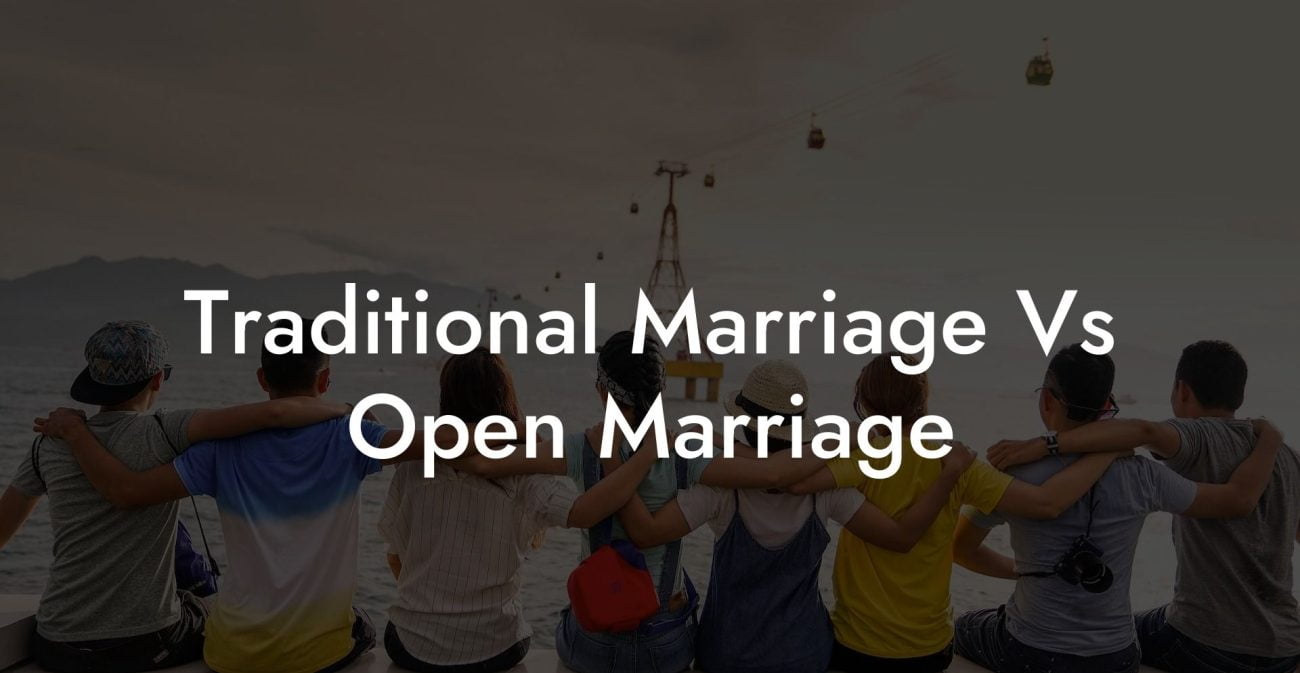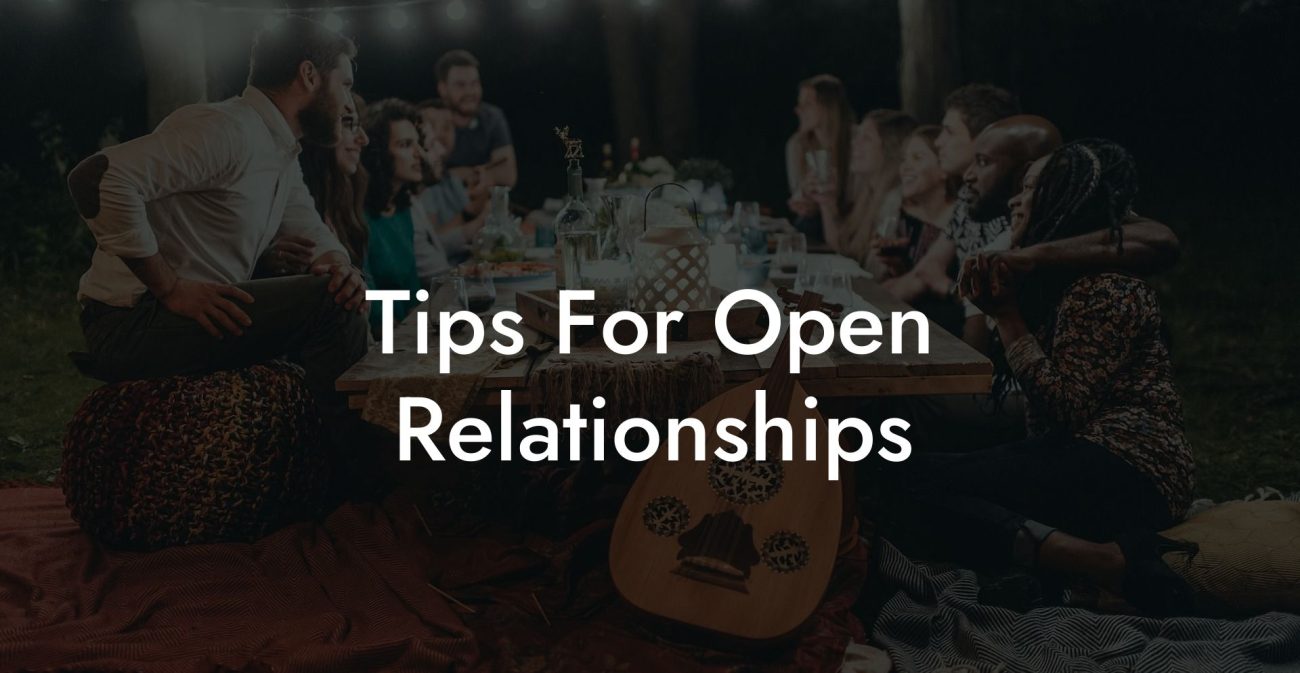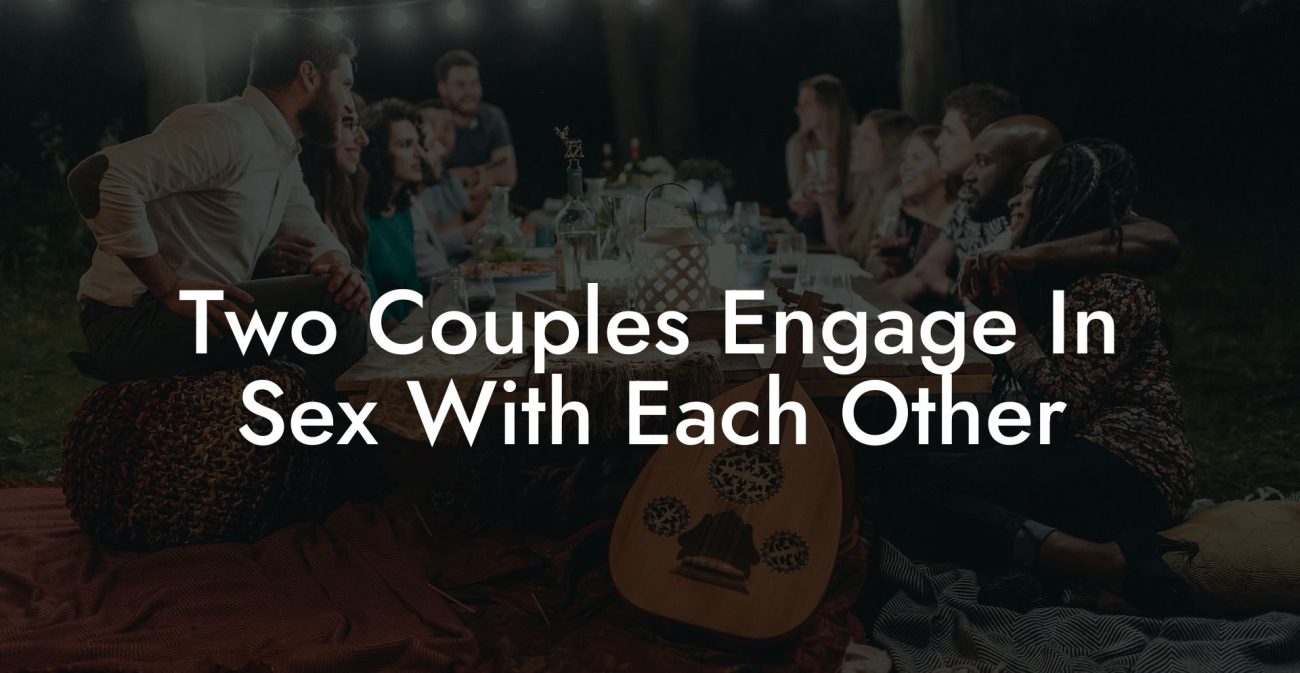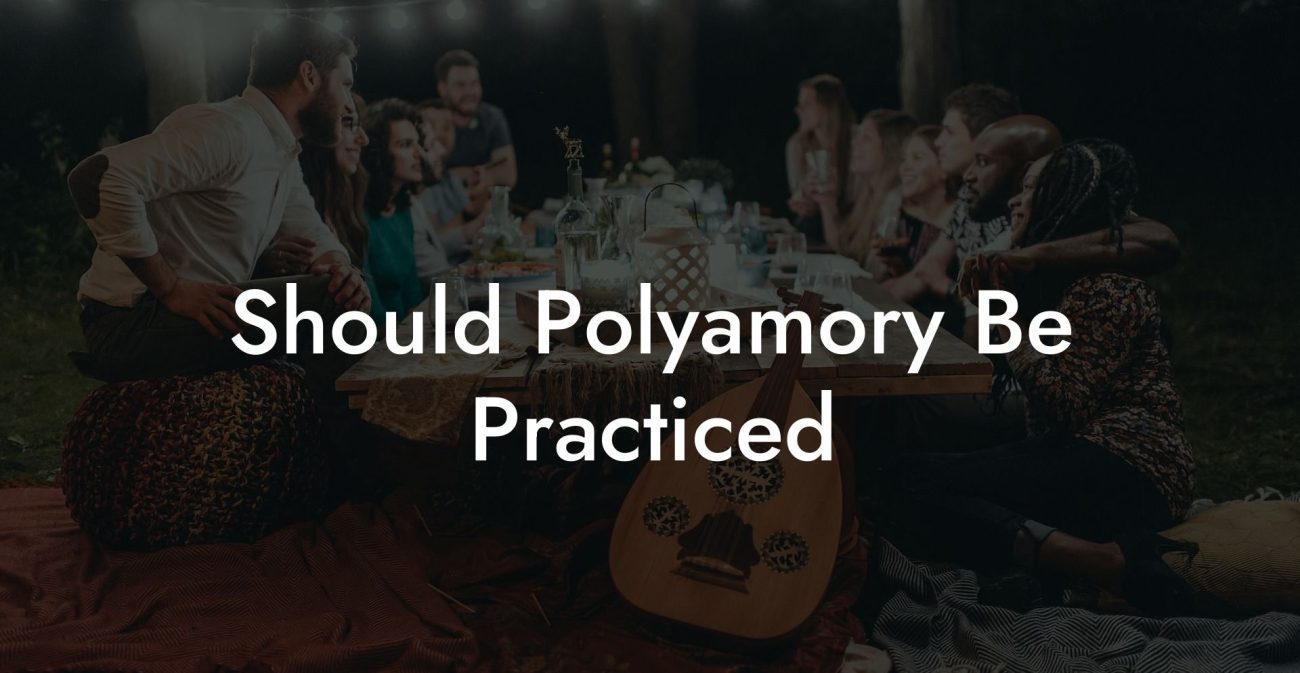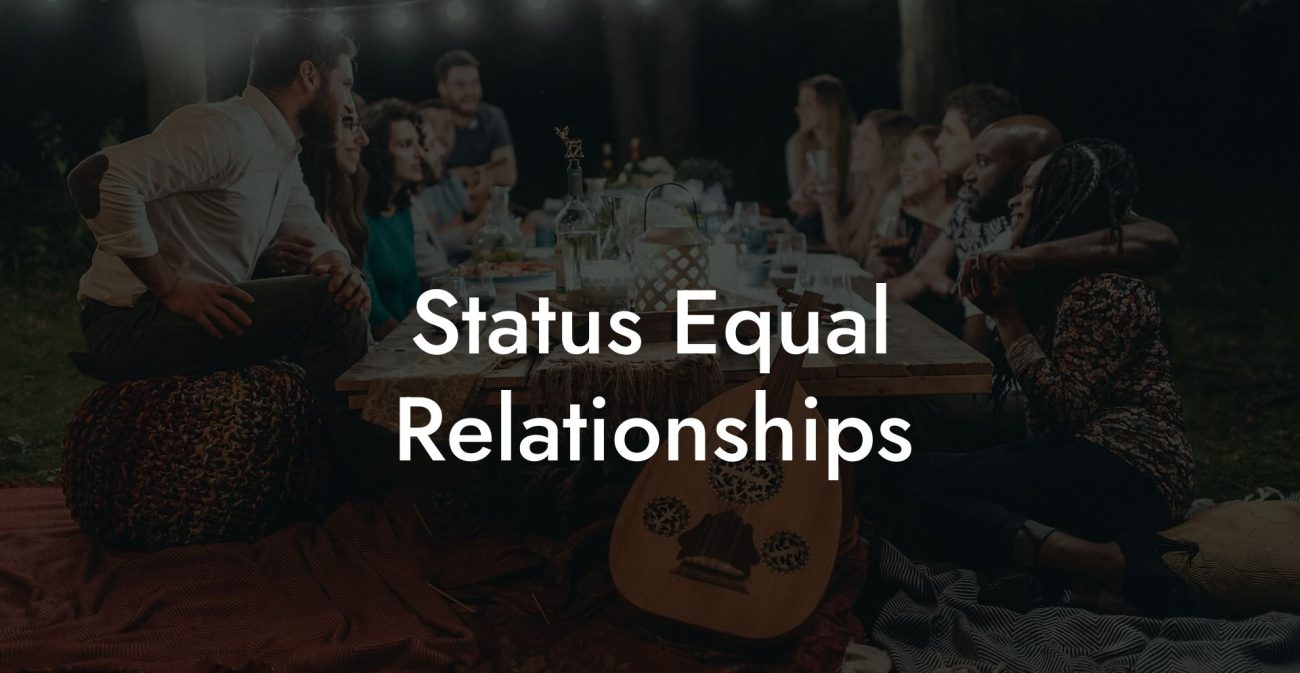Guide to What Is Polygamous Family?
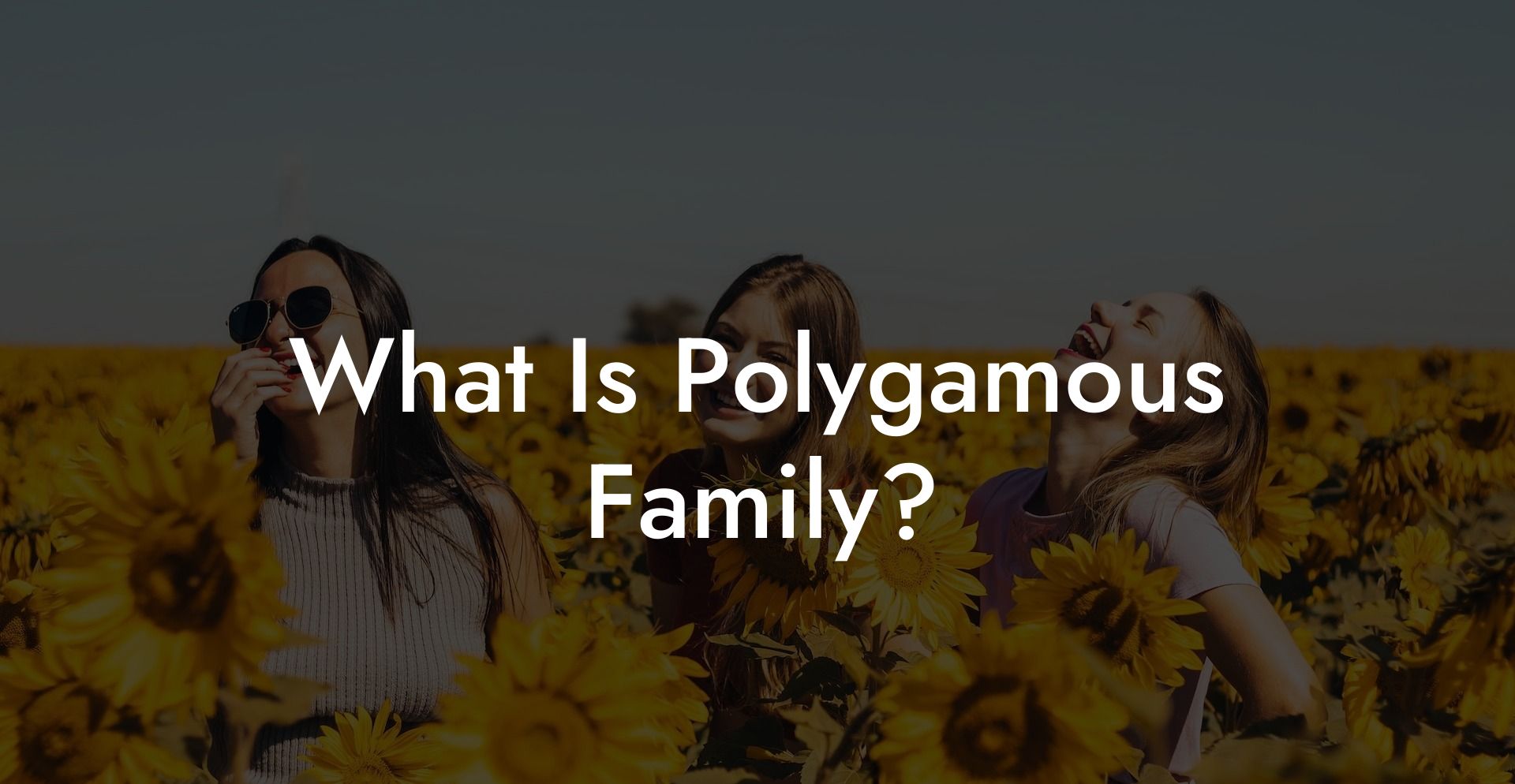
As modern societies continue to evolve and question traditional relationship norms, the polygamous family model remains a subject of both academic interest and real-world practice. Whether you encounter polygamous families in historical contexts, religious communities, or as part of alternative lifestyles today, this guide provides clear explanations and practical insights to help you understand this complex and diverse relationship structure.
Quick Links to Useful Sections
- Understanding the Polygamous Family
- Definition and Key Concepts
- Polygamous Family vs. Other Family Models
- Historical and Cultural Context
- Historical Roots of Polygamous Families
- Cultural Perspectives in Modern Times
- Ethical and Legal Considerations
- Ethical Dimensions
- Legal Implications
- Psychological and Social Dimensions
- Emotional and Relationship Dynamics
- Social Support and Community
- Benefits and Challenges of a Polygamous Family
- Benefits
- Challenges
- Practical Strategies for Navigating a Polygamous Family
- Enhance Communication
- Establish Clear boundaries
- Prioritize Self-Care and Individual Growth
- Build a Supportive Community
- Seek Professional Guidance
- FAQ: Your What Is a Polygamous Family Questions Answered
Understanding the Polygamous Family
Definition and Key Concepts
A polygamous family is one in which an individual is married to more than one partner at the same time. The two most common forms are:
- Polygyny: A form of marriage where one man is married to multiple women.
- Polyandry: A less common form where one woman is married to multiple men.
In many contexts, the term “polygamous family” is used interchangeably with “plural marriage,” particularly when referring to culturally or religiously sanctioned unions. These families are often organized around shared responsibilities, economic cooperation, and extended kinship networks.
Polygamous Family vs. Other Family Models
It is important to differentiate a polygamous family from other non-monogamous or alternative family structures:
- Monogamous Family: A traditional family structure involving two partners exclusively.
- Polyamorous Network: A relationship model where individuals engage in multiple consensual relationships without necessarily forming a single, unified family unit.
- Group Marriage: A form of plural marriage where three or more people are collectively married to one another, forming a single, interconnected unit.
Understanding these distinctions helps clarify the unique characteristics and dynamics of a polygamous family.
Historical and Cultural Context
Historical Roots of Polygamous Families
Polygamy has been practiced in various cultures for thousands of years. In many ancient societies, plural marriages were a means to build alliances, manage resources, and strengthen social ties. For instance, in parts of Africa, the Middle East, and Asia, polygamous families played a crucial role in economic survival and social organization.
Religious texts and cultural traditions have also contributed to the acceptance of polygamous families. Certain interpretations of early Judaic, Islamic, and other religious doctrines have historically endorsed plural marriage, which has left a lasting legacy on how these family structures are viewed today.
Cultural Perspectives in Modern Times
In modern society, cultural attitudes toward polygamous families vary widely. While many Western countries have adopted monogamy as the legal norm, polygamous families continue to exist in certain religious and cultural communities. Additionally, there is a growing academic and social interest in alternative family structures, which has led to more nuanced discussions about the benefits and challenges of polygamous living.
Ethical and Legal Considerations
Ethical Dimensions
Ethical polygamy emphasizes informed consent, mutual respect, and transparency among all parties involved. In an ethical polygamous family, every relationship is entered into voluntarily, and all members have a voice in how the family is structured. This approach challenges historical practices that may have involved coercion or unequal power dynamics.
Legal Implications
In many modern legal systems, polygamous marriages are not recognized, with monogamy being the legally accepted model. This can result in challenges regarding inheritance, custody, spousal benefits, and other legal rights for individuals in a polygamous family. However, in some regions and religious communities, plural marriages are practiced under customary or religious law, even if they are not recognized by the state.
Psychological and Social Dimensions
Emotional and Relationship Dynamics
Successfully managing a polygamous family requires a high level of emotional intelligence and effective communication. Members must be adept at navigating complex emotions such as jealousy, insecurity, and the need for individual attention. Building strong, trust-based relationships is essential for the well-being of all family members.
Social Support and Community
Polygamous families often form close-knit communities that provide extensive social support. These communities can help members cope with external stigma and offer practical assistance in managing family responsibilities. Social acceptance, however, varies by culture and region, and individuals in polygamous families may face challenges in mainstream society.
Benefits and Challenges of a Polygamous Family
Benefits
Some of the benefits of a polygamous family include:
- Diverse Emotional Support: Multiple partners can provide varied perspectives and forms of care.
- Economic and Practical Advantages: Shared resources and collective responsibilities can lead to economic stability and efficient household management.
- Expanded Social Networks: Polygamous families often have strong kinship ties that create a robust support system.
- Cultural and Religious Fulfillment: For many, polygamy is an important part of their cultural or religious identity.
Challenges
Challenges faced by polygamous families may include:
- Legal and Financial Complications: Lack of legal recognition can lead to disputes over inheritance and spousal rights.
- Emotional Complexity: Managing jealousy, ensuring equitable attention, and balancing individual needs can be difficult.
- Social Stigma: Polygamous families may encounter prejudice and misunderstanding from broader society.
- Communication Barriers: Clear and consistent communication is critical but can be challenging in larger, more complex family structures.
Practical Strategies for Navigating a Polygamous Family
Enhance Communication
Open, honest, and regular communication is essential. Consider:
- Holding scheduled family meetings to discuss issues and update boundaries.
- Using digital tools like group chats and shared calendars to keep everyone informed.
- Practicing active listening and nonviolent communication techniques.
Establish Clear boundaries
Define personal and collective boundaries through written or digital agreements. This may include guidelines on shared responsibilities, individual time, and financial contributions. Revisit these agreements periodically to ensure they continue to meet the needs of all members.
Prioritize Self-Care and Individual Growth
Encourage each family member to invest in personal well-being through activities such as exercise, hobbies, or counseling. A healthy individual contributes to a healthier family dynamic.
Build a Supportive Community
Engage with local and online communities that understand and support polygamous family structures. These networks can offer practical advice, emotional support, and help reduce feelings of isolation.
Seek Professional Guidance
Consider family counseling or therapy to address complex emotional issues and improve communication within the family. Professional guidance can provide valuable strategies for managing conflicts and fostering resilience.
FAQ: Your What Is a Polygamous Family Questions Answered
1. What is a polygamous family?
A polygamous family is one in which an individual is married to more than one spouse simultaneously. This typically includes forms like polygyny (one man with multiple wives) or polyandry (one woman with multiple husbands), though the term is most commonly associated with polygyny.
2. How does a polygamous family differ from a polyamorous network?
Polygamous families are based on marital relationships that are often culturally or religiously sanctioned and may involve legal or customary recognition, whereas polyamorous networks consist of multiple consensual relationships that are not necessarily formalized by marriage.
3. What are some benefits of a polygamous family?
Benefits include access to diverse emotional support, shared economic and practical advantages, strong kinship networks, and the fulfillment of cultural or religious traditions.
4. What challenges might polygamous families face?
Challenges include legal and financial complications, emotional complexity such as managing jealousy, communication barriers, and social stigma from broader society.
5. How can communication be improved in a polygamous family?
Regular family meetings, active listening, and the use of digital communication tools like shared calendars and group chats can help improve communication and ensure that all voices are heard.
6. Where can I find additional resources on polygamous families?
Additional resources include academic journals, books like "The Ethical Slut" and "More Than Two," podcasts such as "Multiamory" and "Polyamory Weekly," and online communities like r/polyamory.
Resources and Community Support: Your Next Steps
- "The Ethical Slut" by Dossie Easton & Janet Hardy – A seminal text that explores ethical non-monogamy and provides insights into alternative relationship models.
- "More Than Two" by Franklin Veaux & Eve Rickert – An in-depth guide offering practical advice on managing complex relationship dynamics, including polygamous family structures.
- Podcasts: Listen to "Multiamory" and "Polyamory Weekly" for engaging discussions and personal experiences about non-traditional relationships.
- Online Communities: Engage with forums like r/polyamory or specialized Facebook groups to exchange ideas and receive support.
- Workshops and Webinars: Attend events focused on ethical non-monogamy and relationship psychology to expand your knowledge and connect with like-minded individuals.
By exploring these resources and applying the strategies outlined in this guide, you can develop a clear and informed understanding of what a polygamous family is and navigate the complexities of this relationship model with confidence. Embrace continuous learning, open dialogue, and self-reflection as you explore the diverse landscape of family structures and alternative relationship models.
Lost & confused by all of the terms, types and seemingly made up 3 letter acronyms?? We've got you. Check out our Ethnical Non-Monogamy Dictionary >>
Useful Interruption: Not sure which relationship vibe fits you best? Take our Relationship Test, it’ll give you the real insight into your natural relationship style. Then, dive into our binge-worthy guides (from the tried-and-true to the “wait, that’s a thing?”) and find the perfect relationship type for your life:
- Monogamy
- Open Relationships
- Ethical Non-Monogamy
- Solo Polyamory
- Non-Hierarchical Polyamory
- Hierarchical Polyamory
- Relationship Anarchy
- Swinging
Now back to the main article but yeah take the test...


